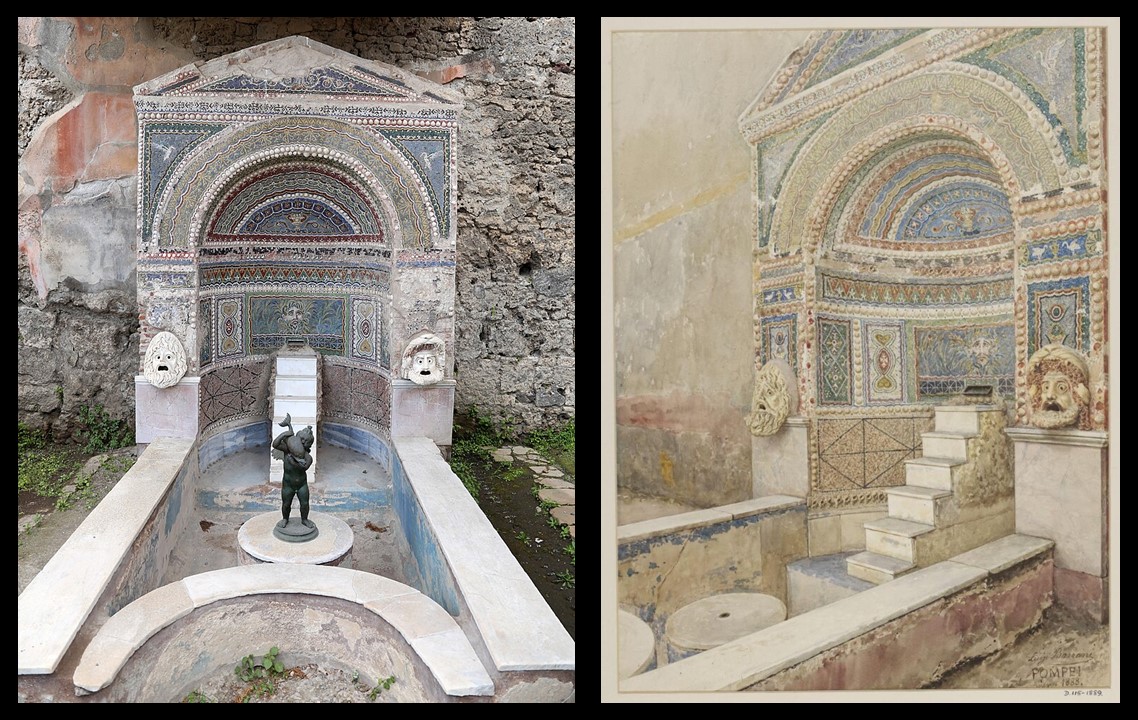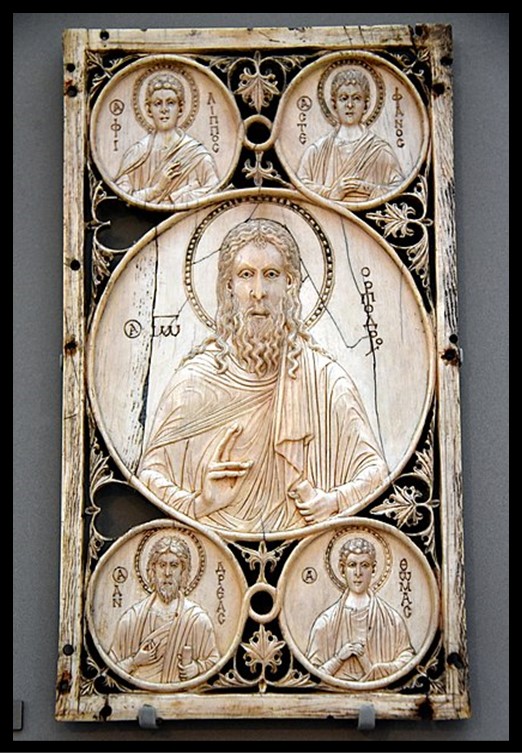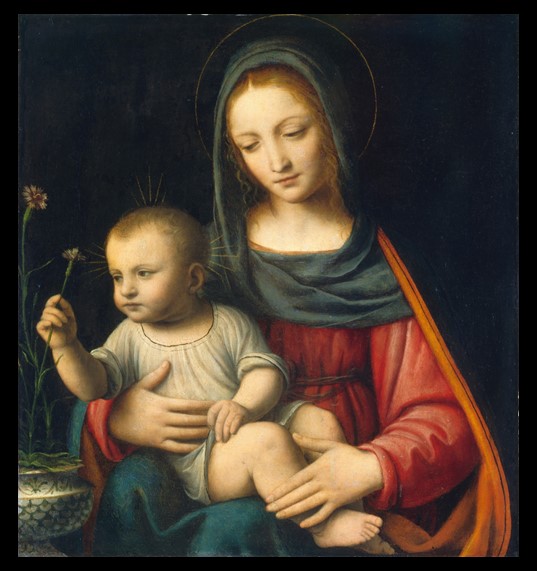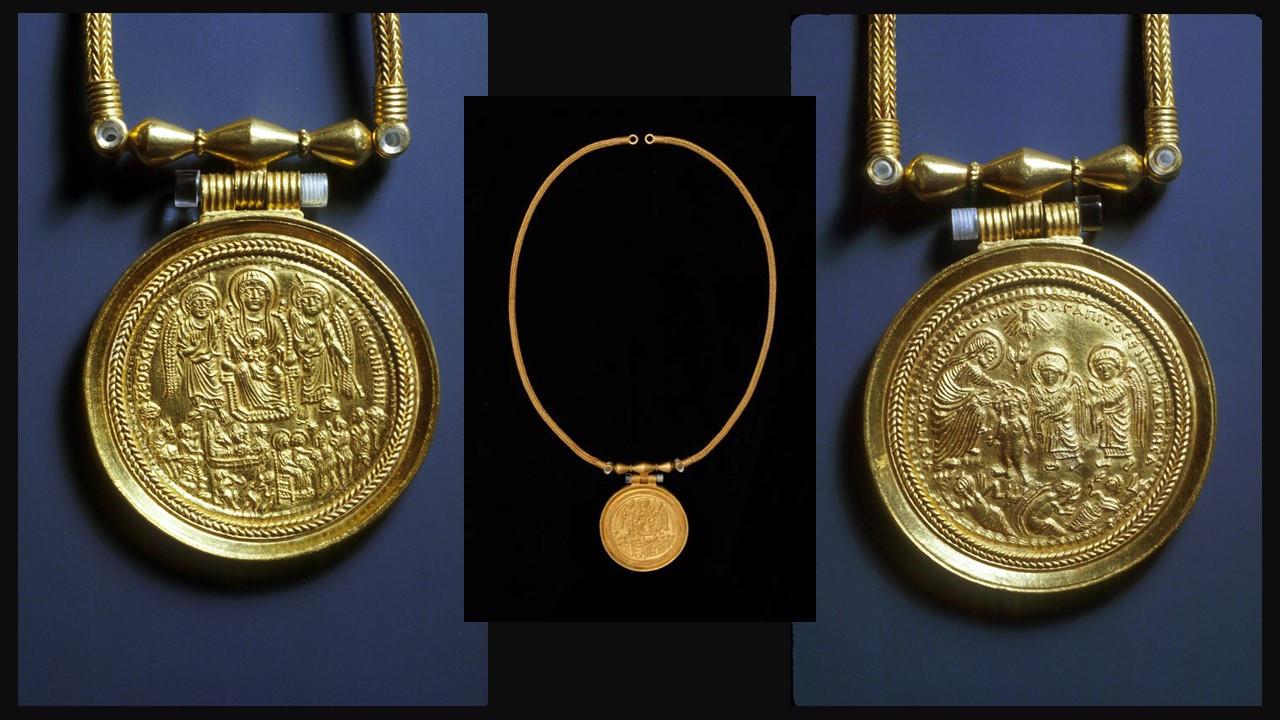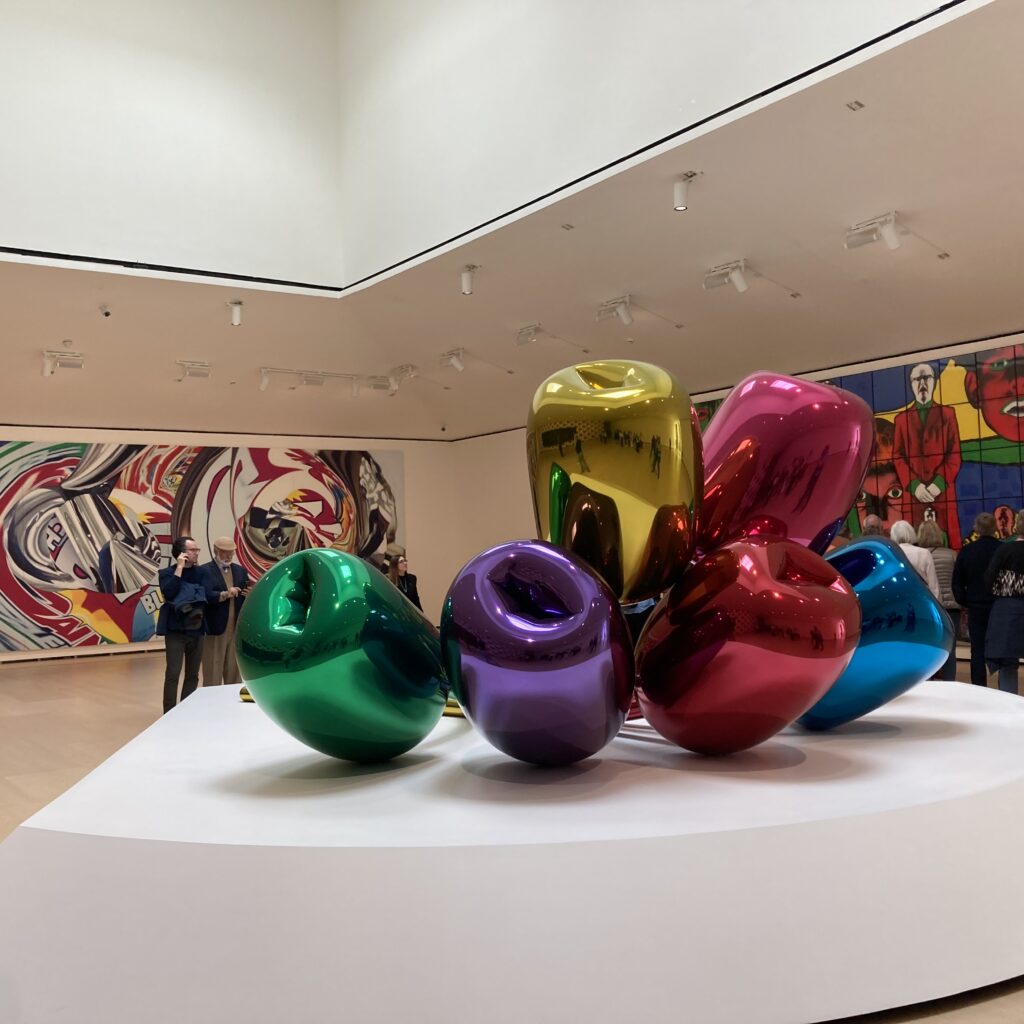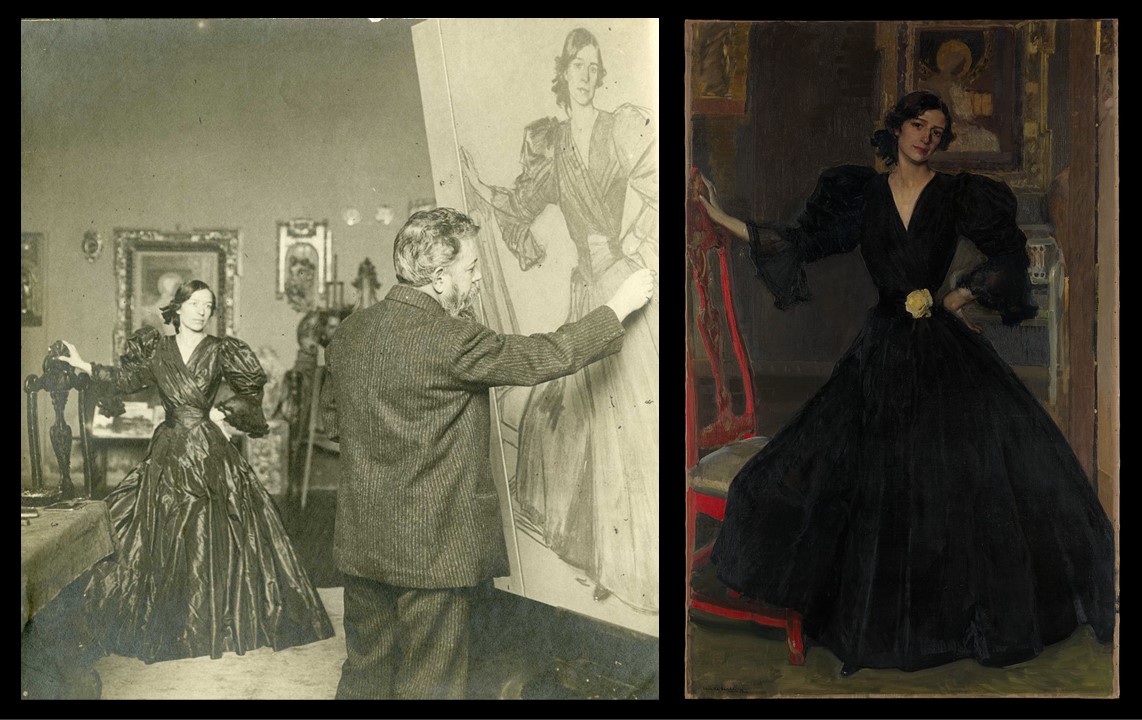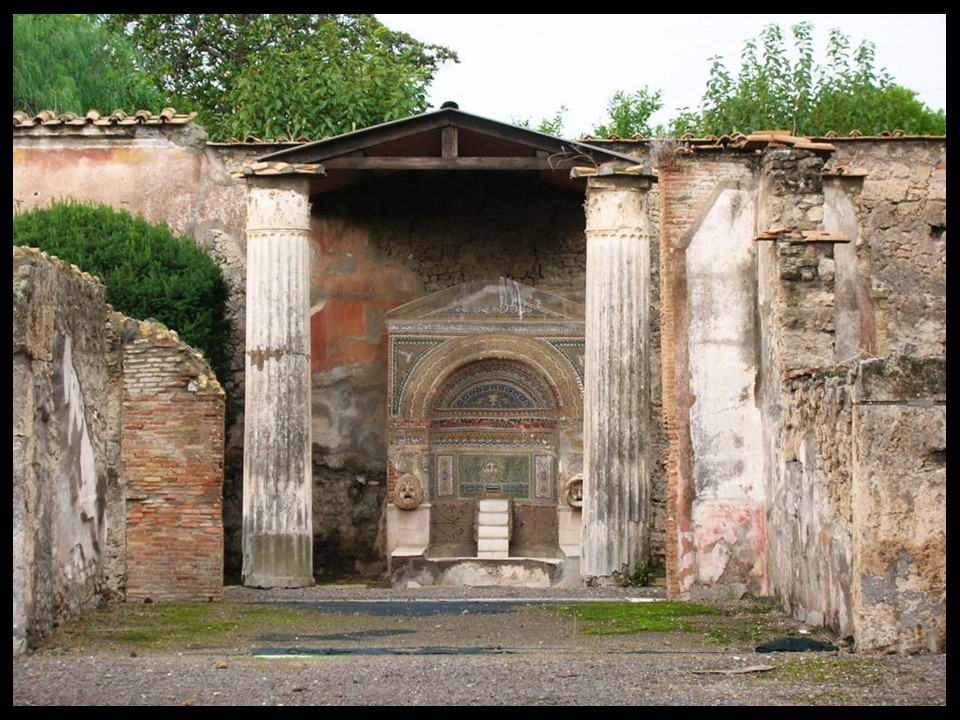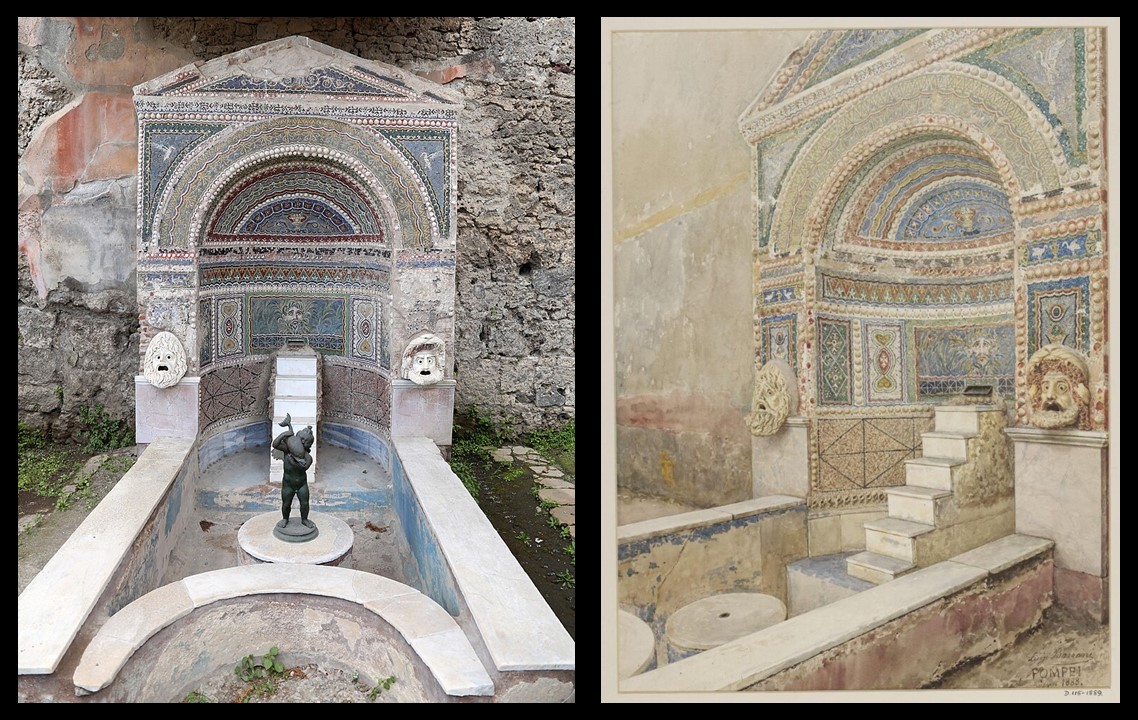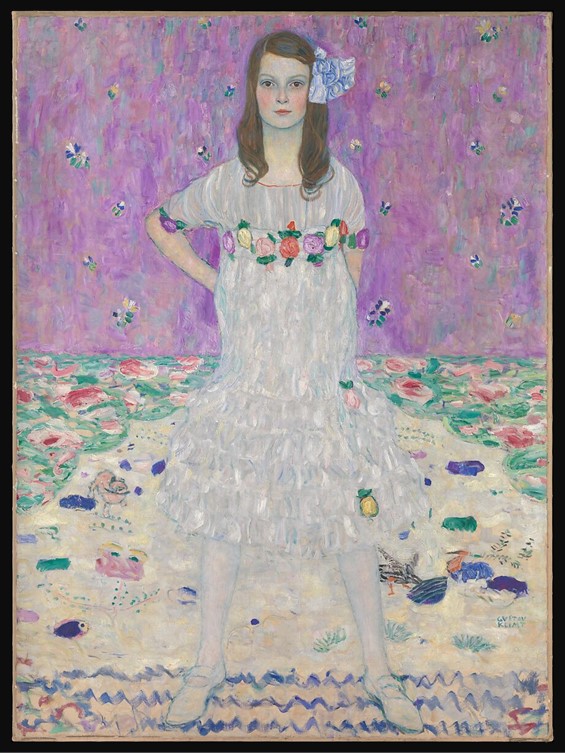
Mäda Primavesi, 1912–13, Oil on Canvas, 149.9 x 110.5 cm, the MET, NY, USA https://www.metmuseum.org/art/collection/search/436819
The Portrait of Mäda Primavesi, the subject of Klimt’s painting currently in the MET, presents the lively nine-year-old daughter of a wealthy Viennese family of art patrons. Mäda’s parents, Otto and Eugenia Primavesi, were supporters of Gustav Klimt, and this portrait reflects their taste for Vienna Secession-style art, known for bold colours and expressive design. Mäda, wearing a white, aethereal dress, is depicted with an air of confidence and poise. Set against a colourful background, the portrait highlights Klimt’s skill in capturing the personality and vivacity of his young sitter.
The Primavesi family, especially Otto Primavesi, were prominent patrons of Gustav Klimt and the Wiener Werkstätte, an influential Viennese art collective that merged fine and decorative arts. Otto, a wealthy banker and industrialist, provided substantial financial support to the Werkstätte, ensuring its continuity after the departure of Fritz Waerndorfer, the group’s initial backer. This partnership allowed Klimt and other avant-garde artists to create some of their best-known works under more stable conditions. Klimt painted portraits of both Otto’s wife, Eugenia, an actress, and their daughter, Mäda, whose youthful confidence and vibrant attire convey a sense of strength and individuality rare in Klimt’s other portraits of the time. We went every few months to Vienna and stayed about 10 days, Miss Primavesi said to Rita Reif of the New York Times, of the trips she made with her mother while the portraits were in progress. I was a little girl, and Professor Klimt was awfully kind. When I became impatient, he would just say, ‘Sit for a few minutes longer.’ He made at least 200 sketches. https://www.nytimes.com/1987/05/09/arts/lost-klimt-to-be-sold-in-auction.html

After early financial setbacks, young Mäda’s portrait was sold in the 1930s and is now at the Metropolitan Museum of Art. For many years she did not know the whereabouts of her portrait. She had not seen it since it was sold in 1931 or 1932, until 1986, when she visited the Metropolitan Museum to view it. I asked Professor Klimt if he would write something in my book, she said in her interview of the autograph book she kept as a child and he wrote: The day is like night unless I see you. I am happier if I dream about you. Mäda, the daughter who never got married, moved to Canada in 1949, founded a convalescent hospital for children and dedicated 25 years to it before retiring.

Gustav Klimt’s Portrait of Mäda Primavesi exemplifies his shift from the ornate, gilded style of his Golden Phase to a more colourful, patterned aesthetic, influenced by modernist trends. It captures the spirited individuality of its young subject, painted when she was just nine years old. Unlike his typical female portraits, Klimt adopts an unconventional pose for Mäda: she stands squarely facing the viewer, her legs apart and arms folded behind her back, exuding a self-confidence and modernity that defy traditional depictions of children. Her serious yet engaging gaze reinforces her strong character, suggesting a collaborative process between artist and subject to capture her personality authentically. Mäda’s white dress, designed by Emilie Flöge, is simple and youthful, yet Klimt’s addition of a vivid rose motif at the chest height lends it a touch of his signature decorative flair. This interplay of youthful innocence and bold individuality situates the portrait firmly in the avant-garde aesthetic of the Vienna Secession.
The setting further enhances the portrait’s charm, with Mäda positioned against a lilac wall adorned with flowers and standing on a green carpet featuring red floral patterns and playful, stylized figures inspired by East Asian art. This vibrant and whimsical backdrop complements the liveliness of the composition, echoing Klimt’s admiration for decorative arts and his interest in integrating elements of his subjects’ lives into his work. The Primavesi family’s connection to Klimt and his artistic circle, including Josef Hoffmann and the Wiener Werkstätte, reflects their commitment to the innovative art and design of the time. The result is a portrait that transcends conventional child portraiture, embodying both the individuality of the sitter and the modern artistic ethos of early 20th-century Vienna.
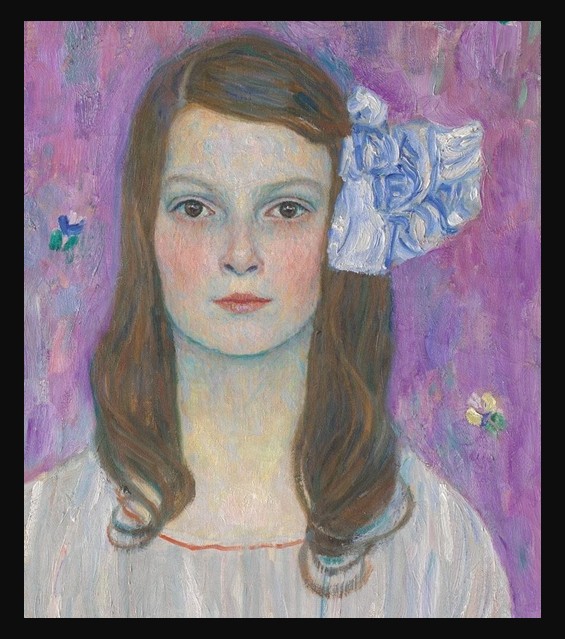
Mäda Primavesi (detail), 1912–13, Oil on Canvas, 149.9 x 110.5 cm, the MET, NY, USA https://br.pinterest.com/pin/566609196877174726/
This portrait also reflects the changing role of portraiture in early 20th-century art, moving beyond mere representation to convey mood and personality. Mada’s posture—relaxed but commanding—suggests her self-assurance and status, while the painting’s vibrant palette and intricate design evoke a world of luxury and artistic modernity. Klimt’s sensitivity to texture is evident in the soft rendering of Mada’s skin and the striking visual rhythm created by her clothing, which echo the decorative innovations of the Vienna Secession movement. The Portrait of Mada Primavesi stands as a testament to Klimt’s ability to celebrate individuality while merging it seamlessly with his iconic decorative style.
For a PowerPoint Presentation titled 18 Portraits by Gustav Klimt, please… Check HERE!

